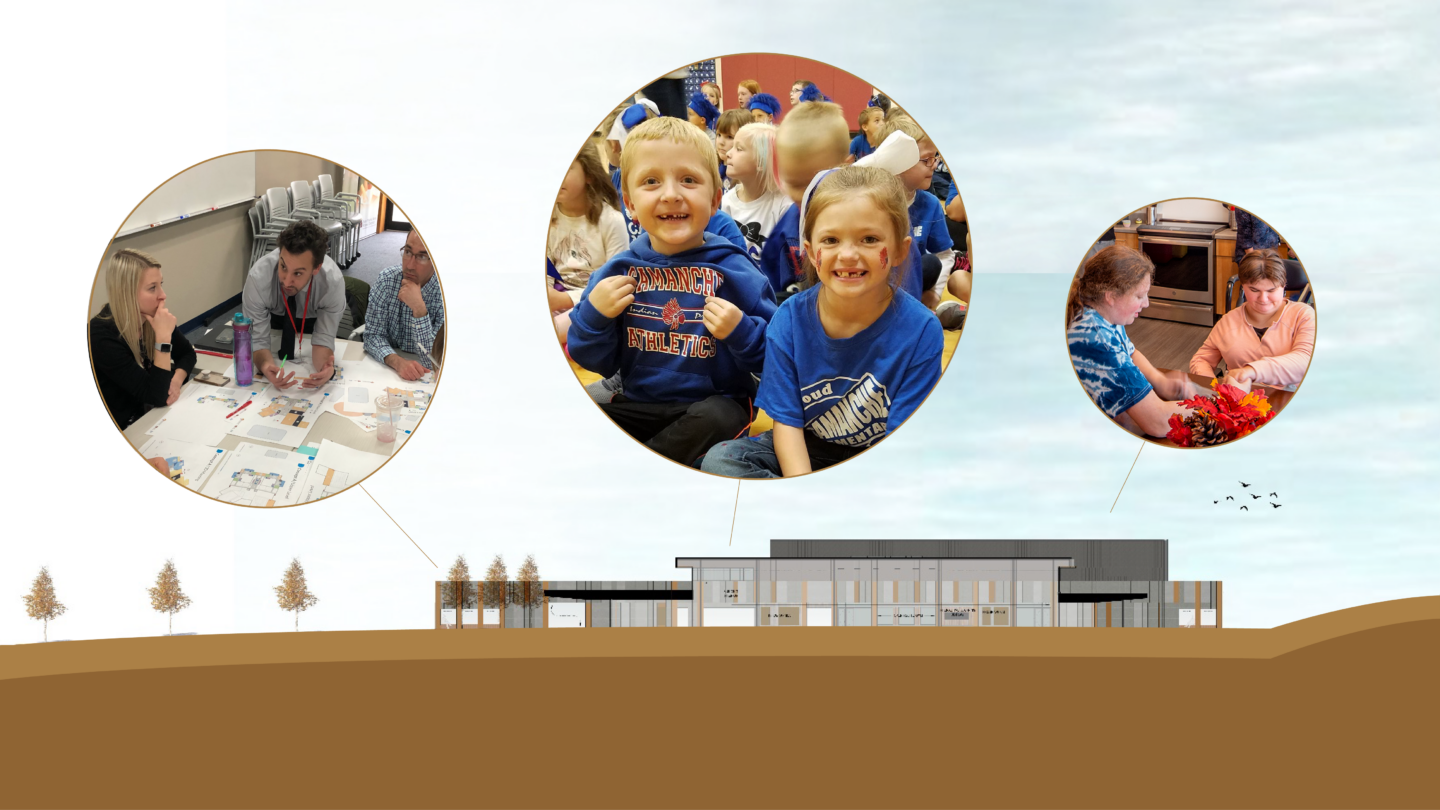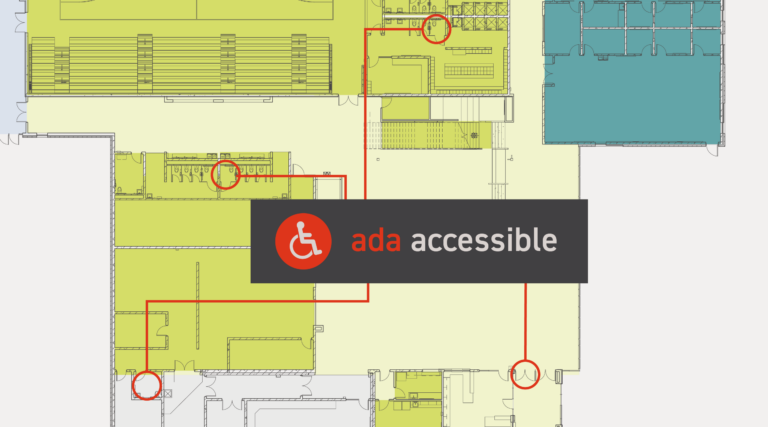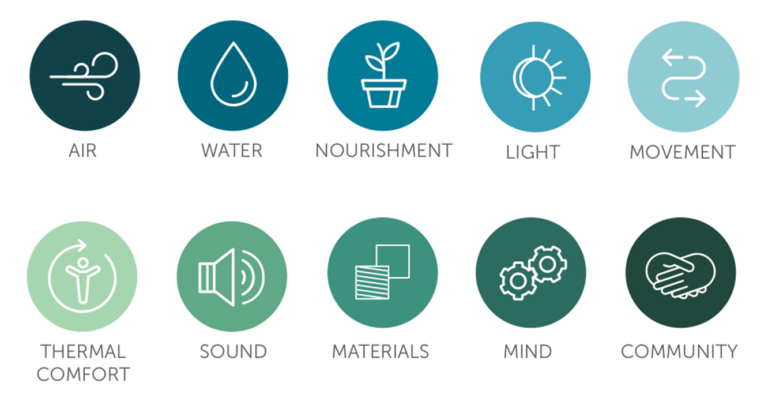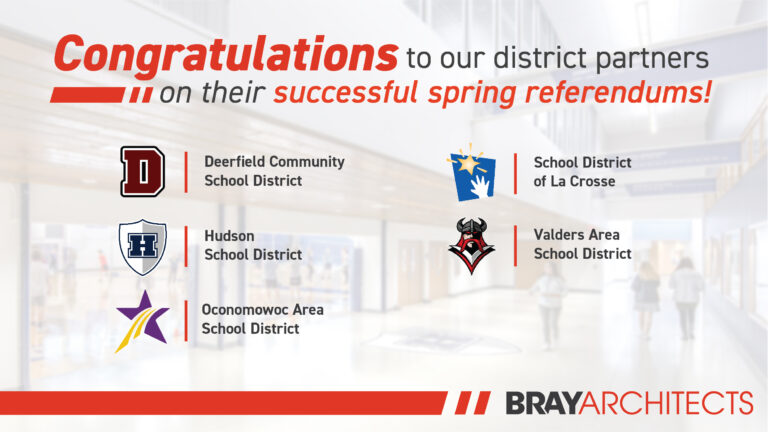We have all heard, “it takes a village to raise a child.” For a school, it takes a village to provide a well-rounded educational experience. This “village” creates the school community, and while the list might vary by school, most communities include these integral groups:
- Students
- Teachers + staff
- Alumni + past students
- School Board members
- Community members
It is important that districts capture the needs of these stakeholder groups early in the design process to ensure that the new design reflects not only the needs of the entire community but also the culture that the community creates.
Our goal is to distill the information received from all groups, helping the school define its identity and culture, which ultimately informs unique aspects of the school’s architectural design.
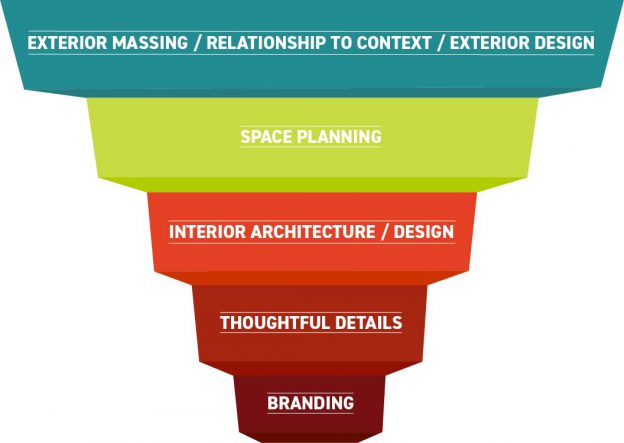
While most stakeholders’ needs can be met through thoughtful space planning and building layout, we go further by considering and celebrating the school’s community at all scales of the project.
Below are examples of how different groups within a school community can be reflected in the different scales of a building’s design.
EXTERIOR MASSING / RELATION TO SURROUNDING CONTEXT
The school’s greater community and the values that unite the school, neighborhood, and town can be reflected in the building’s site placement and planning. There is often an opportunity to connect the school’s site with the surrounding urban or natural environment.
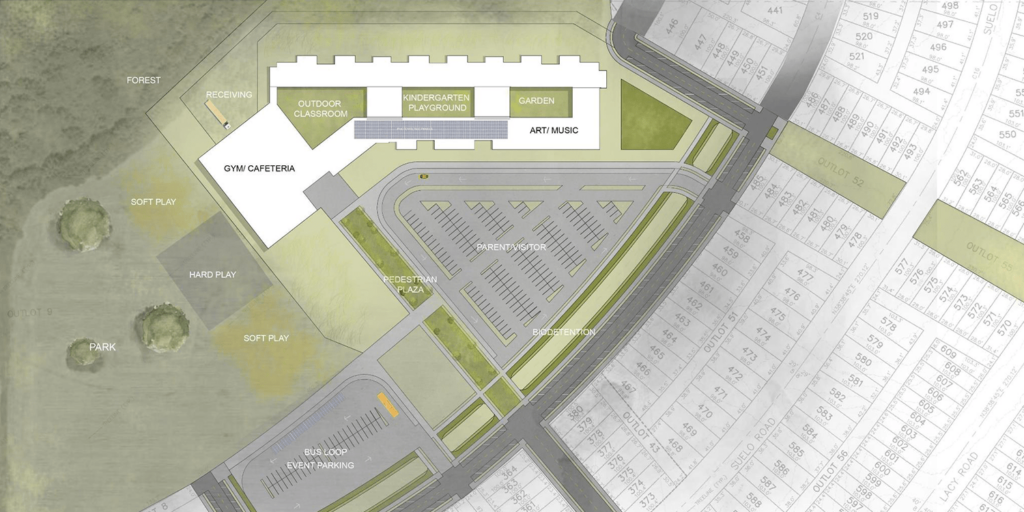
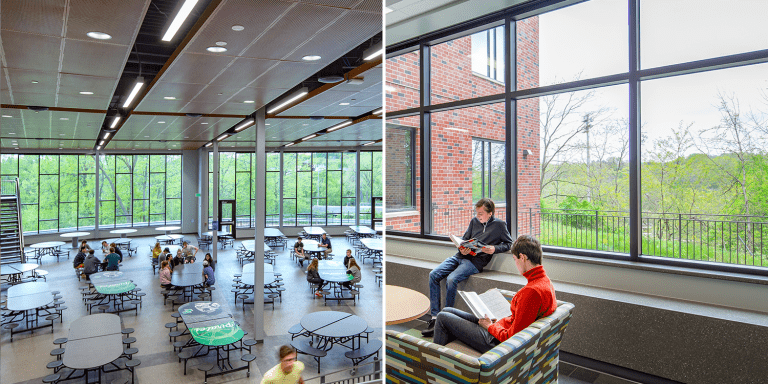
EXTERIOR DESIGN
The exterior appearance of the school building can connect school identity to the greater community and act as a landmark in the geography of the surrounding village or city.
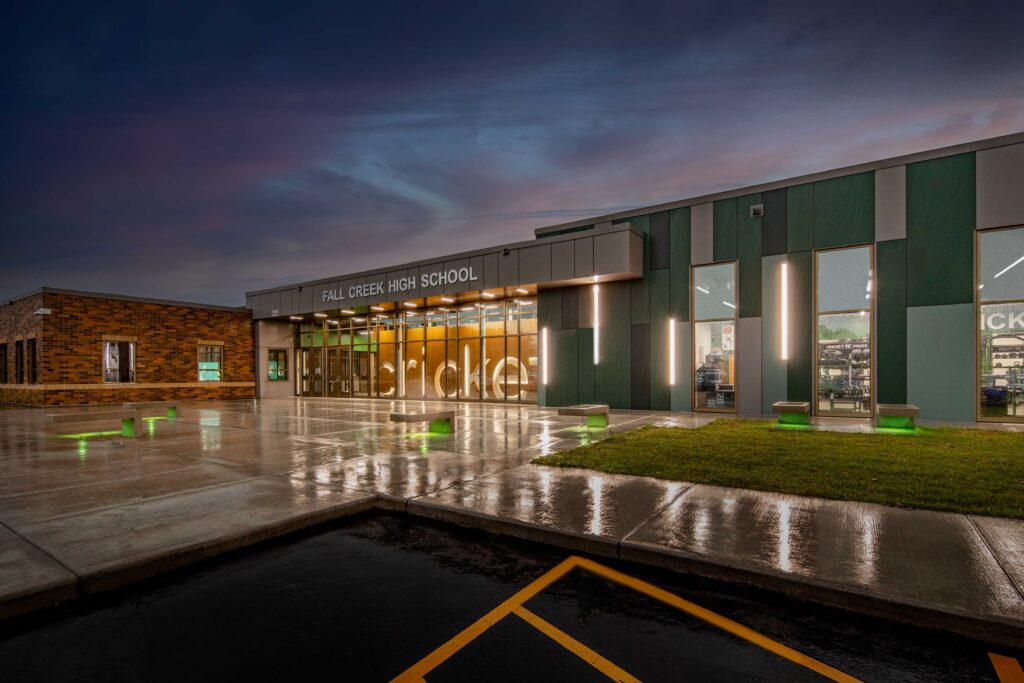
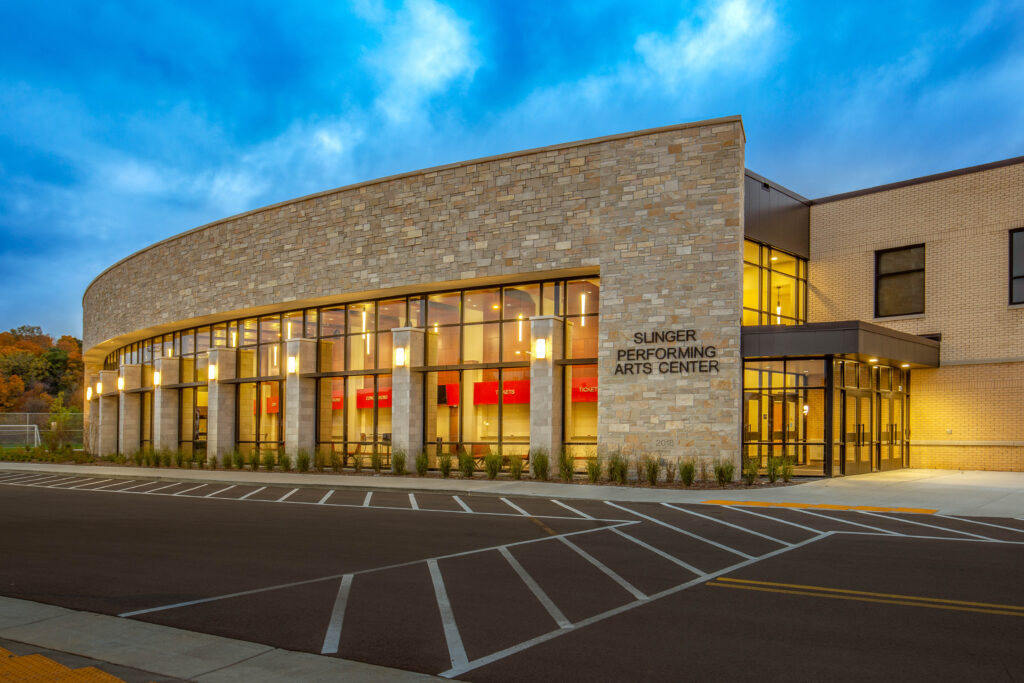
SPACE PLANNING
While it differs for every school, the layout of teaching and learning spaces, commons areas, and other resources within a school building is largely influenced by curricular requirements and teaching needs identified by the teachers and staff. Oftentimes, we consider how and to what degree teachers need flexibility to collaborate, and how proximity between spaces will benefit students throughout the day.
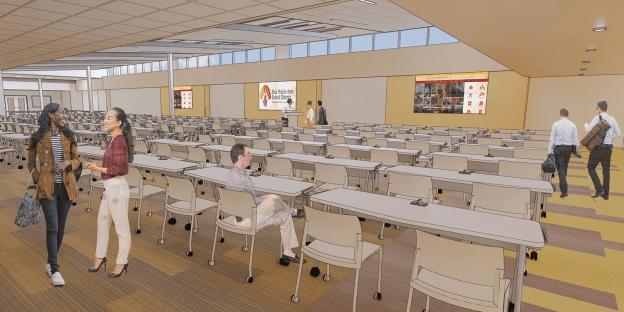
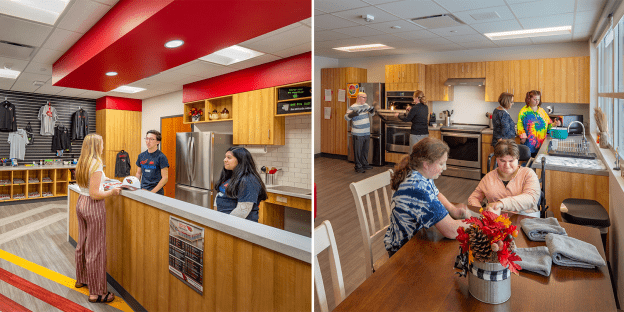
INTERIOR ARCHITECTURE / DESIGN
The interior architecture of a school can uniquely reflect the people who inhabit it through flexible spaces that meet the needs of the students and educators. We strive to understand the scale of the spaces we design to ensure that there are varied, rich environments that inspire and support the activities taking place within each space.
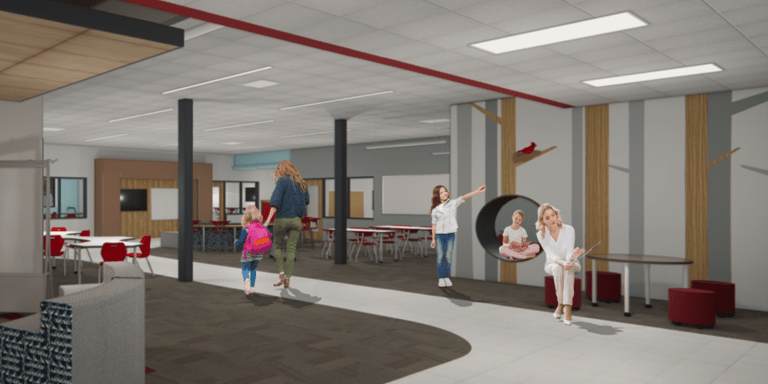
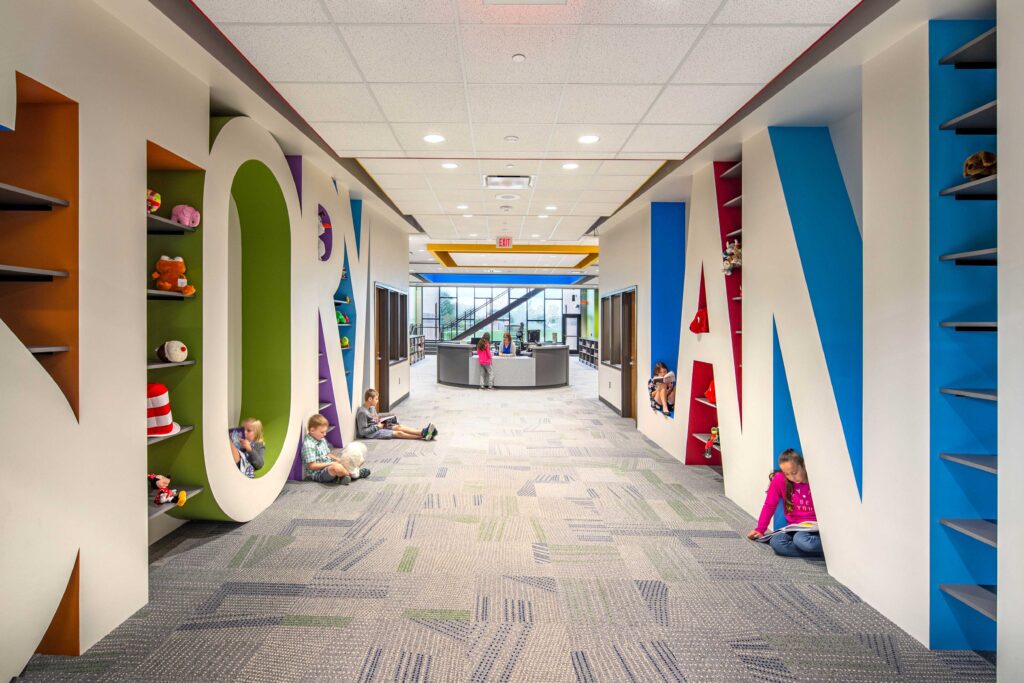
THOUGHTFUL DETAILS
Unique details and finishes in K-12 schools can reflect many parts of the school community. Often these are a great way to reflect past generations who attended the school. The influence and impact that these stakeholders still have on the school can be celebrated within the new design.
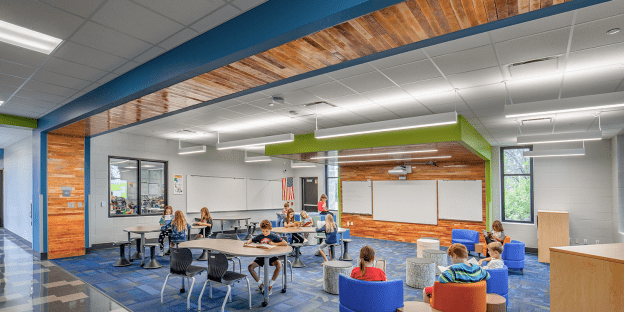
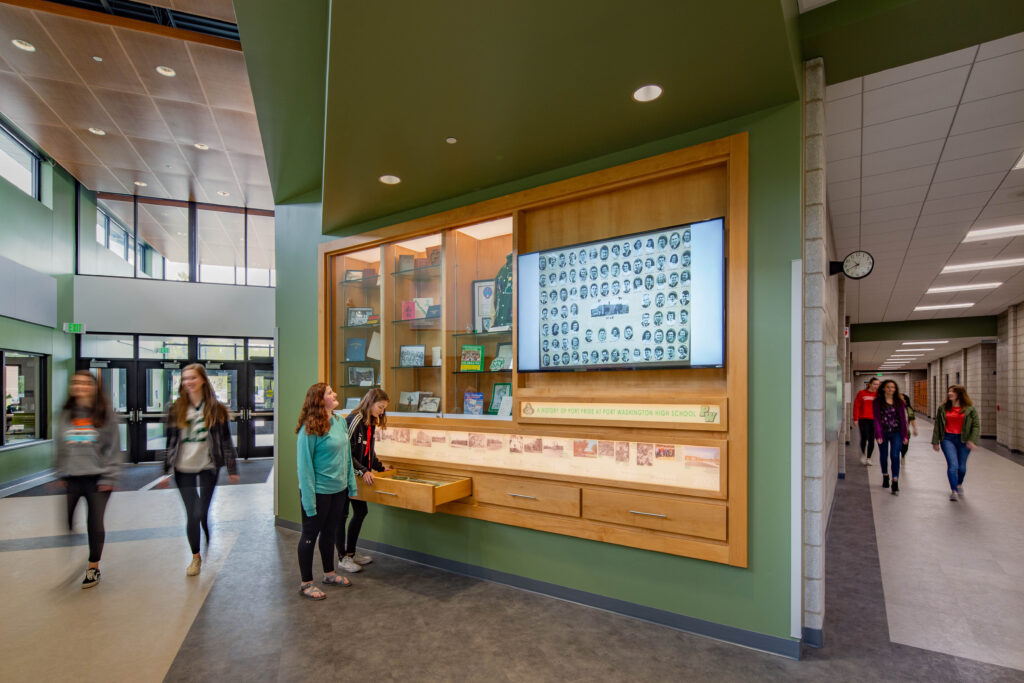
BRANDING
Environmental branding installations are often the most obvious mode of reflecting the school community’s culture and is the final touch in bringing these values and ideals to life. The visual representation of school culture can truly unite the community through identity, honor a school’s history, and inspire creativity every day.
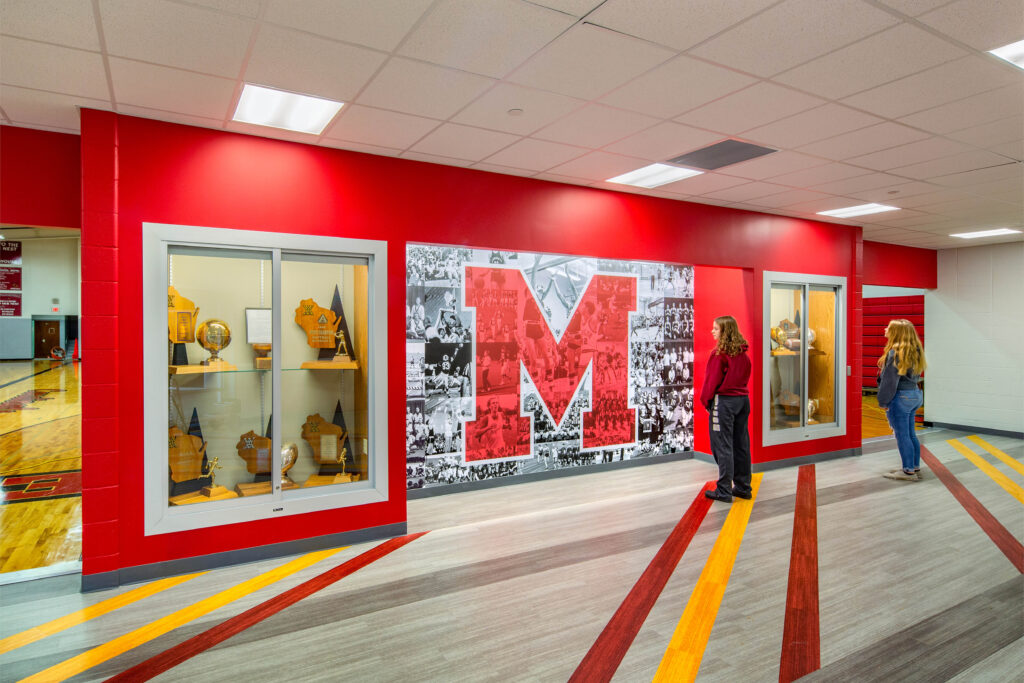
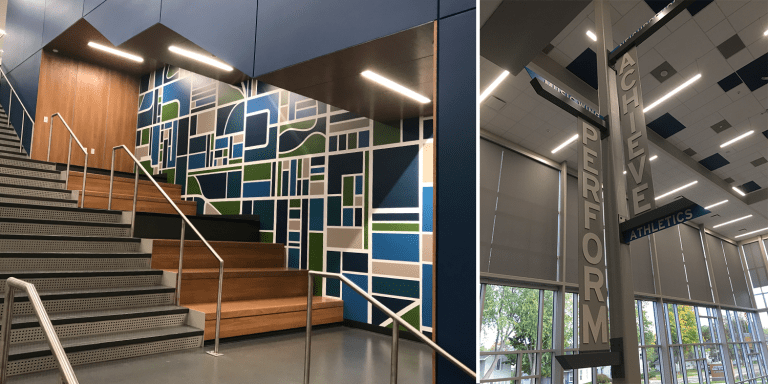
The needs of community groups are always unique to each project, so no two projects should use the same formula. Understanding the individual stakeholder needs helps guide design decisions throughout the various scales of design, so that the details any scale, when in the context of the entire building, reflect and celebrate the school community’s true identity and culture.
Is your district in the facilities planning process or looking to start a design project? Please connect with us to learn more about how we can guide your district through the process to create solutions that reflect your community.
-Maria Welch
